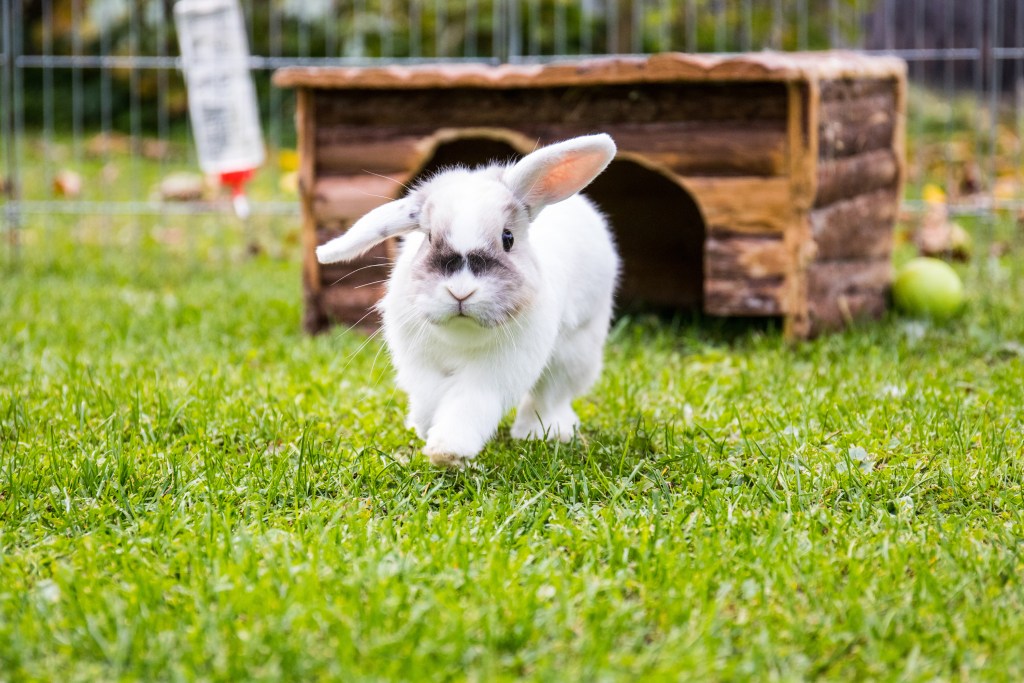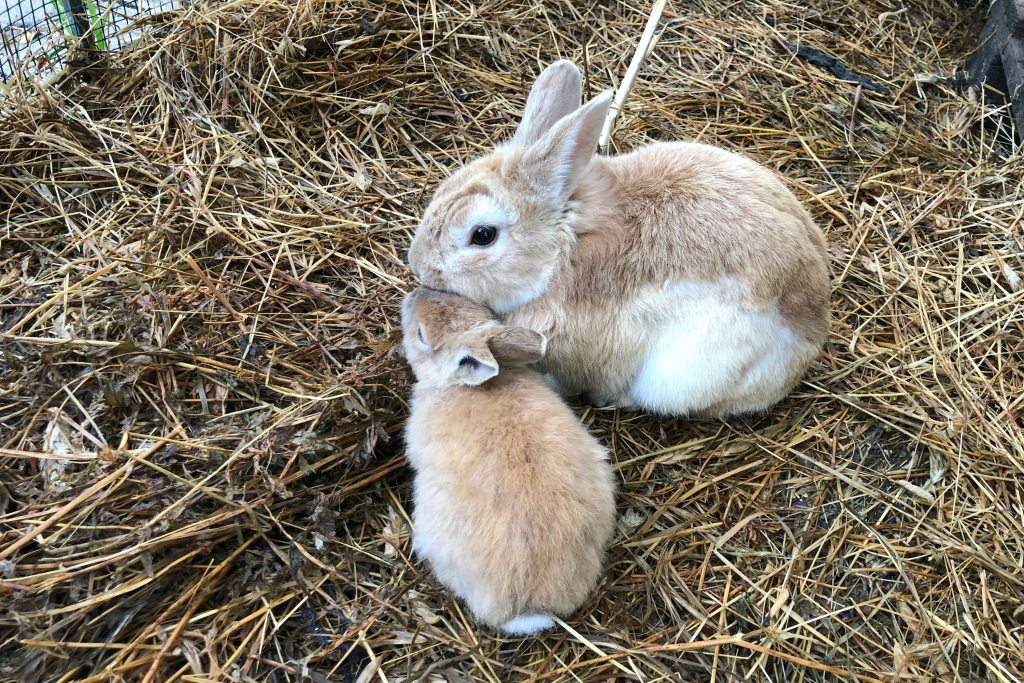Our number-one goal for our sweet pets is to give them a long and happy life, but sadly we all know they don’t live as long as we would hope (a.k.a. forever). While the smallest of pets might only make it a few years, rabbits last about a decade when well cared for. That means it’s very important that you diligently provide yours with everything he needs to stay healthy for the longest amount of time possible, including exercise, space, good food, and attention. It might seem like a challenge at first, but once you fall into a routine, taking care of your bunny will rank as a fun activity rather than a chore. With proper care, you can extend your pet rabbit’s lifespan.

Keep him in a good home
Before you even get a rabbit you should think about his cage situation. Many rabbits prefer to have both indoor and outdoor time, and can even spend their whole life outside if they are properly protected from the elements and predators. Regardless, they need lots of space and a very clean hutch. Make sure you take out the gross bits every day with a full deep clean once per week or so.
Feed him a healthy diet
Bunnies love hay – it’s their favorite food and they should eat as much of it as they want. Additionally, you can supplement with greens such as kale every day. While carrots make a great food in cartoons, rabbits can really only eat them a couple of times per week. The same holds true for commercial pellets, which are not recommended as a major staple of rabbits’ diet.

Get him the best vet care
One of the best things you can do for your small pet is to find a vet who specializes in Leporidae and therefore has the specialist training to spot unique health problems. Immediately take him in when you first bring him into your home and then every year, just as you would with your dog or cat. Watch out for other issues as well and call your animal doctor if ever you see something off.
Play with him a lot
These guys need a lot of exercise and won’t be satisfied cooped up in their cages all day. Make sure you engage your bunny both in and out of his house by providing toys and other equipment. But, most importantly, allow your cute pet to leave the enclosure every day for some extra playtime, preferably with you or other members of his own kind. These creatures don’t typically enjoy getting picked up but you should offer plenty of pets and snuggles.
With the right care and a loving hand, you can increase your pet rabbit’s lifespan up to 12 years. In the past, these little ones did not live as long because we didn’t know as much about caring for them – but now we have the inside scoop on how to keep them happy and healthy. In addition to these tips, keep a close eye on your bunny, watching carefully for any signs of illness. This includes checking him consistently and monitoring his digestion and leavings. By combining all of these tips, you and your bunny will have a long and happy life together.
Editors' Recommendations
- A simple guide to what to feed tadpoles in your aquarium
- Is my rabbit pregnant? 5 telltale signs you should know
- What fish can live with bettas? These are your best bets for fish buddies
- What you need to know about sugar gliders before you get an exotic pet
- 3 reasons not to give pet rabbits, baby chicks, or ducks this Easter




